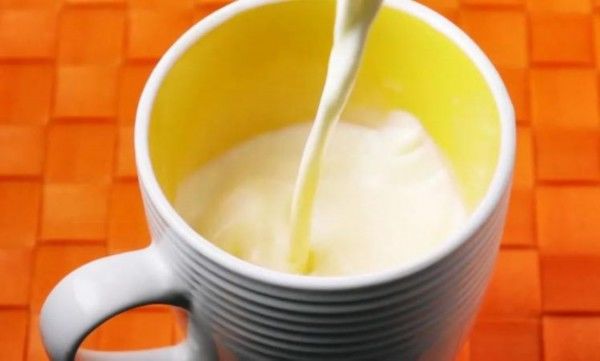
Milk has high nutritional value and is convenient to eat, making it an ideal natural food.

Milk protein in milk is high-quality protein, and its essential amino acid ratio meets human needs; The most easily absorbed source of calcium; milk is also a great source of essential nutrients such as phosphorus and vitamins.
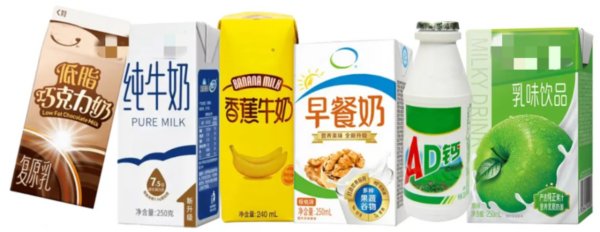
However, there are too many products on the market that look like milk, fresh milk, pure milk, high calcium milk, Breakfast milk… There are many brands, flavors, styles, and different production processes, which make it really difficult for consumers to choose. What are the ingredients in these various types of milk? Let’s find out!
01
Difference between fresh and pure milk

Fresh milk and pure milk are both liquid milk products made of raw milk as the only raw material and made by appropriate sterilization or sterilization process, and the milk content is 100%. As can be seen from the ingredient list on the product label, fresh milk and pure milk have only raw milk as an ingredient. This milk is very healthy and should be the dairy product of choice for consumers.

According to different sterilization methods, milk with 100% milk content can be divided into pasteurized milk and Sterilized milk. The best way to differentiate the two products is to look at the food name, storage conditions and shelf life.
Pasteurized milk is the “fresh milk” we see in the refrigerated sales area of supermarkets. The product must comply with the provisions of GB 19645-2010 “National Food Safety Standard – Pasteurized Milk”. Because the pasteurization temperature is lower than 100 ℃, the sterilization process only kills the pathogenic bacteria in it, and some microorganisms remain in the product, so the temperature of transportation, storage and sales should be controlled at 2 ℃ ~ 6 ℃, and generally It can only be stored for about 7 days.
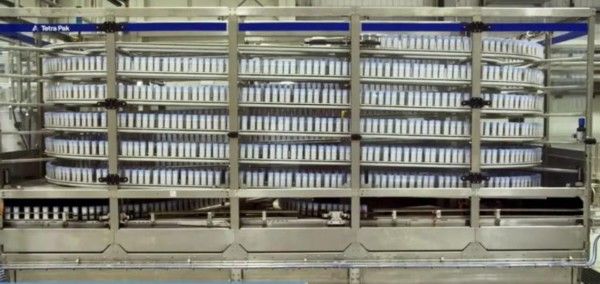
Sterilized milk is “pure milk” sold at room temperature, and the product must comply with GB 25190-2010 “Food Safety” National Standard Sterilized Milk. Sterilized milk is sterilized at a high temperature higher than 100 °C, which kills all microorganisms in the milk, so there is no low temperature requirement for transportation, storage and sales, and the shelf life is relatively long, generally more than half a year.

From a nutritional point of view, there is basically no difference between fresh milk and pure milk in terms of protein and fat. The sterilization temperature of milk is lower than the sterilization temperature of pure milk, so under the same milk source, fresh milk has the upper hand in taste and trace elements. However, if you need to carry milk products out and it is inconvenient to keep them at low temperature, such as wanting to drink during outings or long-distance travel, it is suitable to choose pure milk that is more convenient for transportation and storage.
02
What’s Modified
 < /img>
< /img>
Modified milk is based on raw cow milk, and the taste and some nutrient contents have been adjusted appropriately according to the characteristics of the target population.
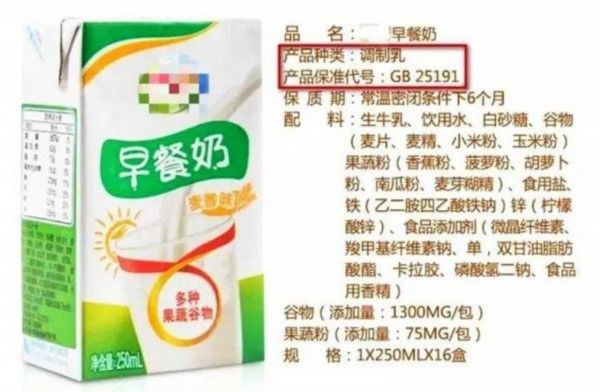
For example, this breakfast milk has added cereal and fruit and vegetable powder.
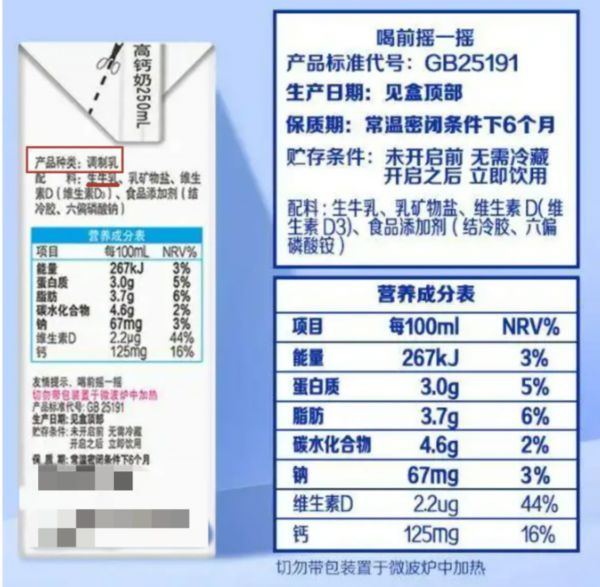
This high calcium milk is fortified with milk minerals (milk calcium) and vitamin D.

Modified milk products must comply with GB 25191-2010 “National Food Safety Standard Modulated Milk”, which requires that the milk content is not less than 80%. The other ingredients of the beverage are often used to enhance nutrition or improve the taste to meet the diverse needs of different populations.
03
Dairy beverages Essentially a drink

Dairy beverages are beverages not milk. Dairy beverages also have their own standards GB/T 21732-2008 “Dairy Beverages”, but this is not a mandatory national food safety standard.
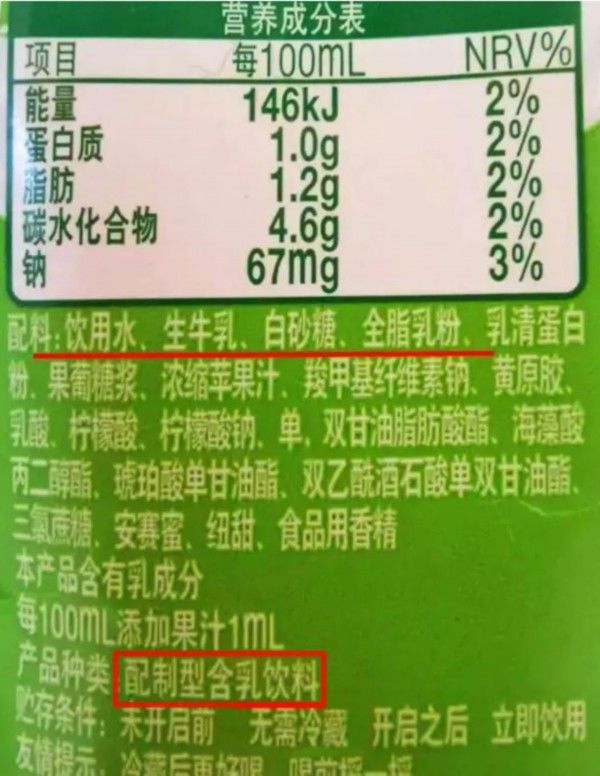
The milk content of milk-containing beverages is relatively low, so the first place on the ingredient list is generally “water”, followed by dairy ingredients such as raw milk and milk powder. In addition, the product type of the food must reflect the product’s The real attributes should be marked in a prominent position on the food label. Therefore, if you look carefully, you will be able to find special terms representing the real attributes of the food on the label.

The variety and taste of dairy-containing beverages are excellent, and there is no problem in drinking them as ordinary beverages. However, because of the low milk content, milk-containing beverages are far inferior to other dairy products in terms of protein and other nutrients, so even a large amount of drinking cannot replace nutritious milk.
04
How to distinguish between modulated milk and milk-containing beverages
Faced with a wide variety of A series of “milk” products such as banana milk, banana milk beverages, banana flavored milk beverages, etc. Can you distinguish which are modulated milk and which are milk-containing beverages from the product names?
Some people apply the difference between fruit juice drinks and fruit-flavored drinks, and take it for granted that those with “flavor” and “drink” in their names must be low-end products, but this trick may not be used for milk. worked.
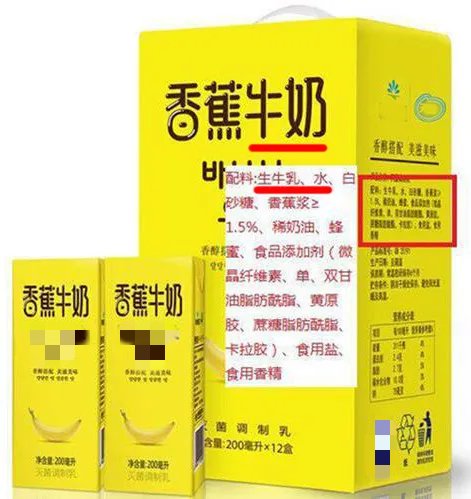
This product is called banana milk. The first item on the ingredient list is raw milk, which belongs to modulated milk.

This product is called banana milk drink. The first place on the ingredient list is water, which is a milk-containing drink.
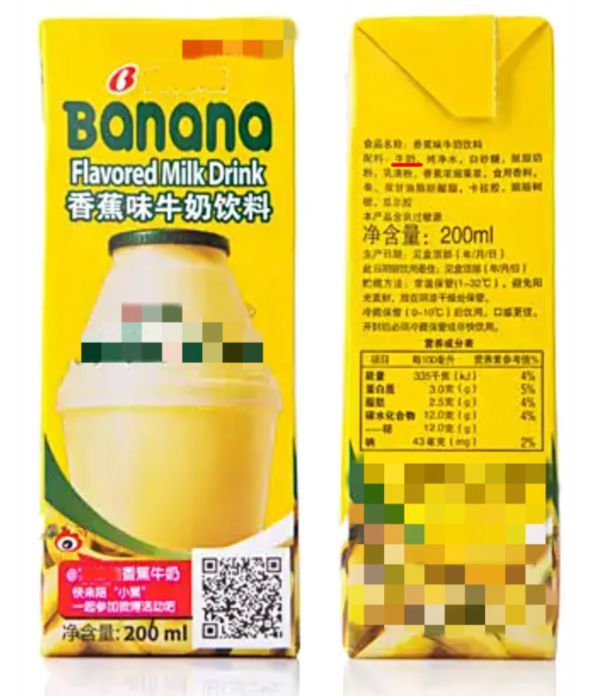
This product is called banana flavored milk drink, it has both “flavor” and “drink”, but its ingredients The first place on the table is milk, which belongs to modulated milk.
It can be seen from this that the distinction between modulated milk and milk-containing beverages cannot be done by the product name, but by the ingredient list and the product type that reflects the true attributes of the food.
05
What are nutrient-dense dairy products?

With so much knowledge of milk products, how can consumers buy real milk rich in nutrition Woolen cloth?

First of all, you can choose fresh milk and pure milk with raw milk as the only raw material. For other milk products, be sure to read the ingredient list. The milk content of modulated milk should not be less than 80%, and the first-ranked “water” in the ingredient list is often a milk-containing beverage with low nutritional value.
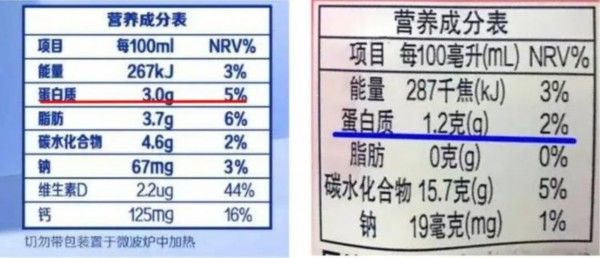
Another identification method is to look at the protein content in the nutrient composition table. The protein content is required to be above 2.9g/100g, the protein content of modulated milk is required to be above 2.3g/100g, and the protein content of milk-containing beverages only needs to be 1.0g/100g. The higher the protein content, the better the nutritional value. , consumers can look at this indicator to make choices.
Through the above methods, consumers can quickly identify milk family members and their “distant relatives”, and choose suitable products according to their needs.
